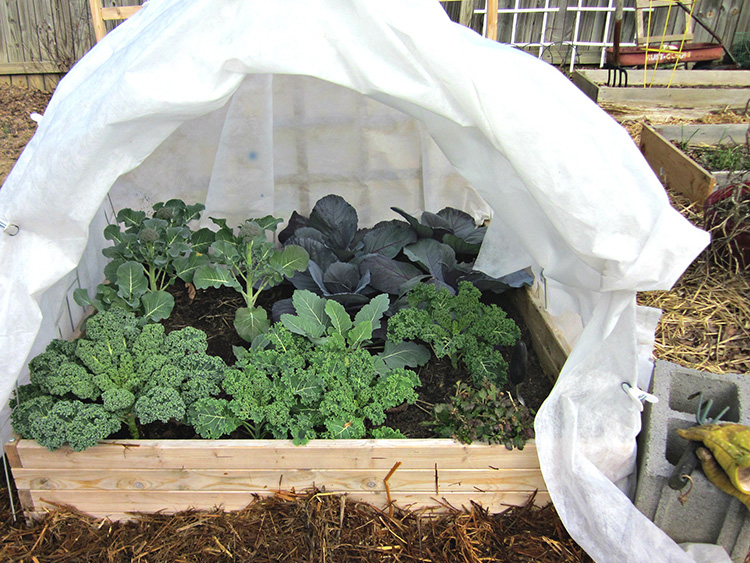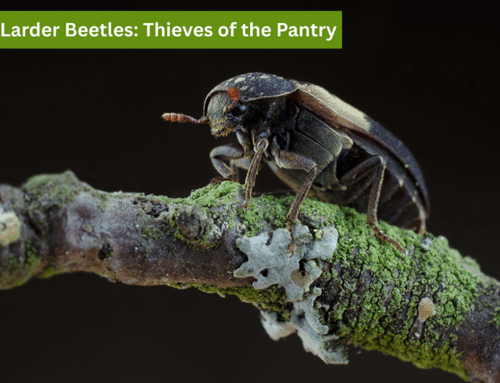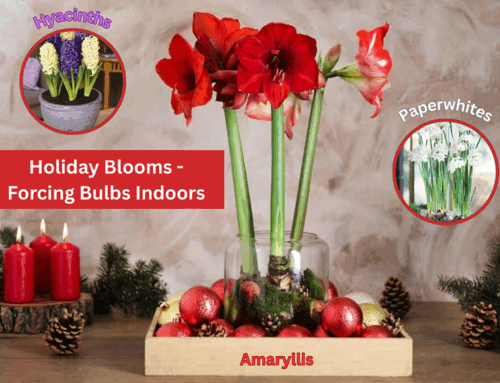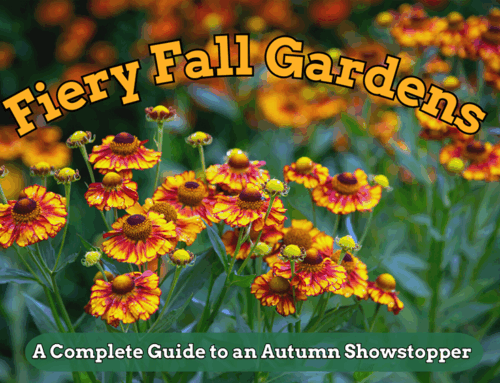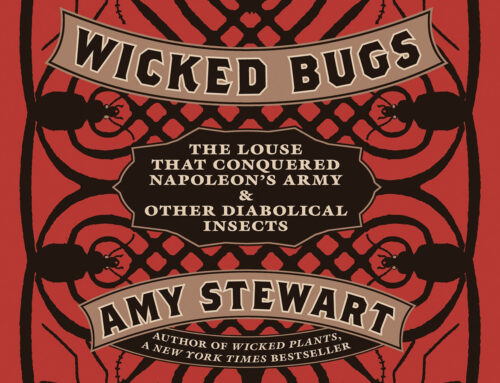September Gardening Chores
By Brett Kerley
September can be hit or miss for gardeners. Some years we get snow in the first week of this month and in others it’s super dry and we get to enjoy the autumn colours. By now most of you are wrapping up your gardening tasks and putting away those lawn mowers for the year. However, over the last several years, Edmonton has had very little snow and quite mild temperatures until December. So let’s embrace these times and continue to do as much as we can in our yards until that white stuff starts floating down. Here are some September gardening chores!
Fall Planting
Between now and November is the best time to plant trees and shrubs. The soil is still warm from the summer and since most of the leaves have already dropped, the plants can concentrate on getting their roots established. Due to it being so dry during the fall, it’s a really good idea to keep watering your plants as long as you can, so don’t put away those hoses yet. In the past I’ve been out watering in December. The neighbours must have thought I was crazy!
The good news is you can still buy plants at major local greenhouses or garden centres, and they are probably on sale unless they’re keeping them over for the spring. I recommend calling locations first to make sure they are still open and have stock. If you’re out of luck buying plants at the stores, the EHS Perennial Exchange is held every spring and fall. Check out this page for more info: https://edmontonhort.com/perennial-exchange/
Dividing Perennials
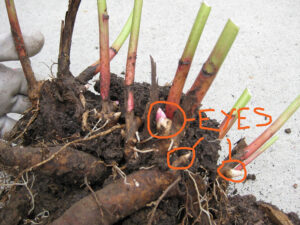
Dividing Peonies
As the temperature cools it’s a great time to split some of your perennials. For example peonies can be divided and replanted at this time, but remember to only plant them 1 to 2 inches (2 to 5 cm) deep. This doesn’t mean you should only dig a hole this deep though. Start by digging 10 inches down and wide, then back fill it, leaving several inches from the ground level. Place your peony root in with the ‘eyes’ (buds) facing upwards then cover it with an inch or two of soil. They should have at least 3 to 5 eyes on them if dividing. After that, water them well and continue every other week until we either get a good rain or the ground freezes over.
Most perennials can be divided every 3 to 5 years. This is a great way to save money and build your flower garden or just try out your plant in a different spot without the risk of losing all of it. Avoid dividing plants if they are still in bloom. Fall blooming plants can be divided in spring.
Dividing can also rejuvenate the plant to help it perform better and give more space for roots to grow and absorb nutrients and water. Sometimes they just get too big in that one spot.
Lawns
 Lawns can have their fall fertiliser applied between now and November but before that some prep work is needed to get your lawn looking fantastic for next season. Start by raking, dethatching and, if possible, core-aerating. After that, mix some seed and fertiliser, then spread it using either a hand spreader or push spreader. Water it in so that the soil is moist.
Lawns can have their fall fertiliser applied between now and November but before that some prep work is needed to get your lawn looking fantastic for next season. Start by raking, dethatching and, if possible, core-aerating. After that, mix some seed and fertiliser, then spread it using either a hand spreader or push spreader. Water it in so that the soil is moist.
If your lawn has any dead spots now is a great time to reseed them. Scarify by raking up the dead grass, mix some seed and soil and place it over the dead patch, then gently water it in.
Vegetables and Herbs

Drying Herbs
With the summer’s end in sight you’ll probably already be harvesting your vegetables, because if you leave it too late, there is a danger of frost or freeze. You should also harvest your herbs now and process them for winter use, either by drying or freezing them or letting them be and collecting the valuable seeds for next year. Remember to take out your journal and jot down what veg grew where, and how they did. This way you can move things around for next year to improve your crop yield and protect from disease; or maybe try something else completely different. Also make note of the weather during this growing season. Did it have an impact on your plants at all?
Some gardeners continue to grow well into fall, so finish planting those cool season leafy greens by mid September. Broccoli, kale, carrots, beets, and spinach are just a few that can be grown under row covers or cold frames.
Pests
Watch out for those pesky whiteflies as populations are often at their highest at the end of the summer. Remove by hand or place yellow sticky traps, which tend to work well if you want to keep your veggies organic. Whiteflies also have many natural enemies, including lady beetles, lacewings, and spiders and they are all looking for food at this time of the year.
Enjoy your last few weeks of summer, happy gardening everyone!

